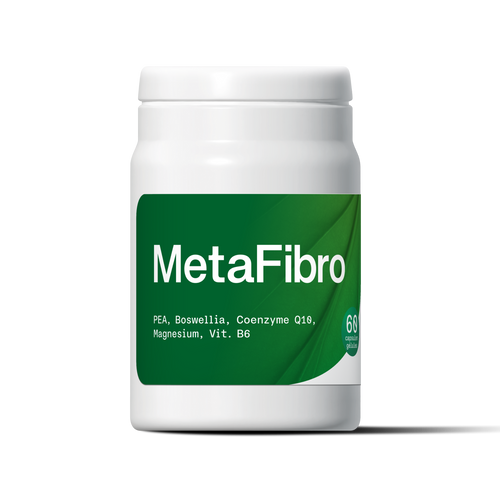In Belgium, there are 11 million cannabinoid producers! Endocannabinoids, those produced by our body...
The human body also produces cannabinoids, the same molecules produced by the cannabis plant.
The hemp plant produces phytocannabinoids, such as THC, CBD, etc. The human body produces what are called endocannabinoids.
What is an endocannabinoid?
The word Endocannabinoid is derived from the Greek word ἔνδον” (éndon) which means “within” and from cannabinoid, those molecules that can bind with cannabinoid receptors.
Endocannabinoids are “signaling” molecules synthesized by the body to activate the endocannabinoid system . These neurotransmitters bind to cannabinoid receptors present throughout the peripheral nervous system and the central nervous system of vertebrates, the receptors of the so-called endocannabinoid system.

Types of endocannabinoids
Dr. Raphael Mechoulam isolated two types of endocannabinoids in the human body
1. Anandamide: Arachidonoylethanolamide (AEA)
2. 2-AG:2-arachidonoylglycerol
These 2-AG and Anandamide are retrograde signaling molecules, meaning they travel opposite to other neurotransmitters: from a postsynaptic neuron to presynaptic neurons. These neurotransmitters have a great influence on sleep, memory, mood, learning and appetite.
Dr. Mechoulam named anandamide after the Sanskritananda word, meaning "bliss, happiness, and joy," because it is a mood enhancer. Next, anandamide produces an effect similar to THC when it binds to cannabinoid receptors.
Anandamide is also an important ingredient in chocolate and is responsible for the feeling of pleasure we feel when we eat it.
2-arachidonoylglycerol is the major endogenous cannabinoid that binds to CB1 and CB2 receptors in the central nervous system .
How are endocannabinoids produced?
Endocannabinoids are produced on demand in postsynaptic neurons.
Both endocannabinoids are fat-based molecules.
After binding to specific receptor sites, they are rapidly degraded by particular enzymes.

How do endocannabinoids work in our body?
Like other cannabinoids, Endocannabinoids interact with the body as agonists or antagonists on specific receptors (CB2 and CB1) located in the endocannabinoid system. It’s like a lock and key system where the cannabinoids act like keys and the cannabinoid receptors act like a lock.
Our endocannabinoid system acts as a balancing mechanism and regulates balance when it detects a problem in the body. Likewise, it activates cannabinoids like tools, and our body produces endocannabinoids when we need them for homeostasis.
What are phytocannabinoids?
Sometimes the body's autoimmune system does not support the body's functioning, such as in autoimmune diseases, when the immune system attacks healthy organs or tissues. Likewise, when the body is deficient in endocannabinoids, it may obtain cannabinoids from an external source.
Phytocannabinoids are bioactive terpenoids synthesized primarily from the hemp plant Cannabis Sativa . They have in fact also been discovered in species of rhododendrons, certain legumes and even mushrooms.
The word Phyto means “Of plants or made from plants”. Nearly over 100 phytocannabinoids have been discovered in the cannabis and hemp plant.
Although it is present throughout the plant, it has a higher concentration in the plant's slimy glandular structure known as trichomes.
Types of phytocannabinoids
The most common plant-derived phytocannabinoids are cannabidiol (CBD ) and tetrahydrocannabinol (THC) . Other important neutral cannabinoids are
- CBDV: Cannabidivarin
- CBGV: Cannabigerivarin
- CBC: Cannabichromene
- CBN: Cannabinol
- THCV: Tetrahydrocannabivarin
- CBCV: Cannabichromevarin
- CBG: Cannabigerol
Acidic phytocannabinoids are:
- THCA: Δ9-tetrahydrocannabinolic acid
- CBGA: cannabigerolic acid
- CBCA: Cannabichromenic acid
- THCVA: tetrahydrocanabivaric acid
- CBDA: Cannabidiolic acid
- CBDVA: Cannabidivaric acid
- CBGVA: Cannabigerovaric acid
- CBCVA: Cannabichromevarinic acid
The "A" at the end stands for 2-carboxylic acids

How do the 2 types of cannabinoids differ from each other?
Phytocannabinoids and endocannabinoids differ from each other in their origins. Phytocannabinoids are derived from plants, while endocannabinoids are located in the body of mammals, as the prefix Endo means endogenous nature, while Phyto means derived from plants.




